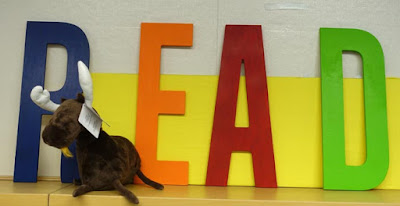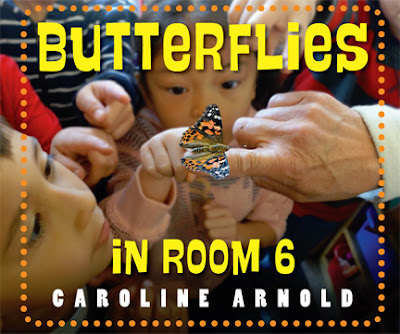I am fond of doing crosswords. Nothing is quite like the burst of satisfaction I get after filling in that last square to make the puzzle complete. I particularly like the Sunday crosswords, which not only have a theme, but usually employ some sort of word play to “get” the theme related answers. Writing a book is not unlike doing a crossword puzzle. There is a topic or theme that threads its way through the manuscript, there is the network of clues used to create the skeleton, or support, for the theme, and often there is a twist, which creates the “aha” moment of discovering something new.
Crossword puzzle creators are people who constantly play with words, assembling them into lists of potential theme clues, e.g. common phrases whose meaning changes with the addition or subtraction of a letter; famous names that can be turned into puns; switched word orders, and so on. When one of these lists gets long enough, they start making a puzzle.
In the same way, I collect piles of information as I research a book. Some of that information never gets used. It may be off topic, for another age group, or it just may not fit. Some of it may get saved for another book. But when I think I have enough for my project, I take what I have and sort it into its various topics or chapters. My next step is always an outline. I plan my book page spread by page spread. This provides me with the overall structure of my book, but nothing is ever set in stone. As I work, the details of the plan may change, and I may rearrange parts if it makes sense to do so.
One thing I like about crossword puzzles is the symmetry of the grids. The puzzle has to have a balanced overall pattern made by the black and white squares. Typically, one half of the puzzle is a mirror image of the other. One of the challenges in creating theme answers must be finding pairs that have an equal number of letters so that they can be placed opposite one another on the grid. In the same way, the structure of a book has to be balanced. It doesn’t have to be exactly symmetrical, but it needs to feel as if each part has relatively equal weight. And just as there are many grids for the puzzle creator to choose from depending on the requirements of the theme answers, the structure of a book can take many forms as well.
In solving crossword puzzles, everyone has their own technique. I start in the upper left and work my way to the lower right. One of my friends answers all the theme clues first and then fills in the other squares. I would like to do this, but generally I need a few hints, so I wait until I’ve filled in enough squares with the regular clues to figure out the key to the week’s theme. The puzzle title sometimes helps, usually involving another level of word play.
When I write my books, I work like my friend, and start with the main themes and gradually add the smaller details. Just like solving a puzzle, the completion of the manuscript goes bit by bit, with periods when I surge forward, and other periods when I sit stumped, until I suddenly I see how a missing piece pulls everything together.
I am sometimes asked when I do author visits at schools, “What is your favorite part of the writing process?” My answer is always the same. My favorite part of the writing process is when I am finished. Just as I breathe that sigh of satisfaction as I fill in the last square of a crossword puzzle, I have that same sense of accomplishment when the last word is written in the manuscript. Then I know that everything is in its proper place and, hopefully, will cause my readers to say “Aha! I’ve learned something new.”
This article was originally published in the Summer 2008 issue of the SCBWI/LA Kite Tales
magazine.















